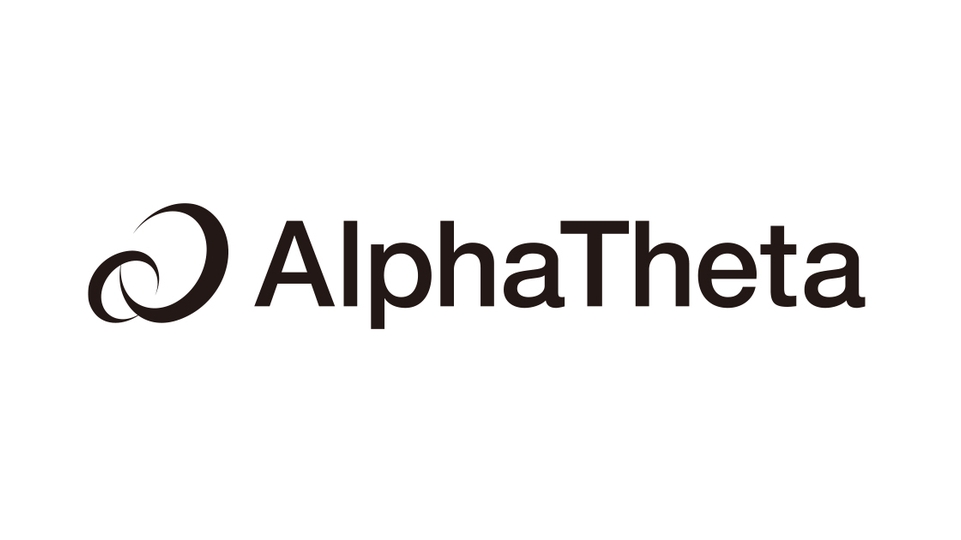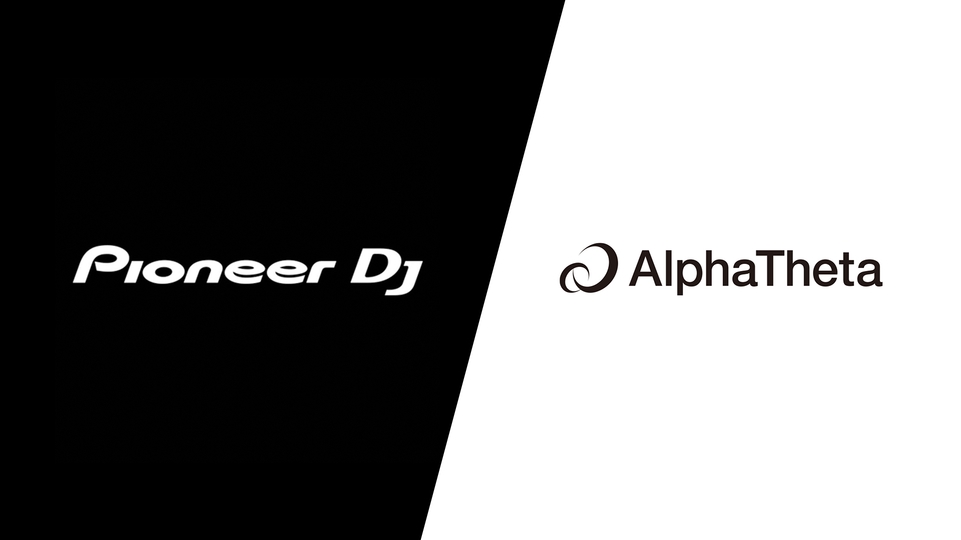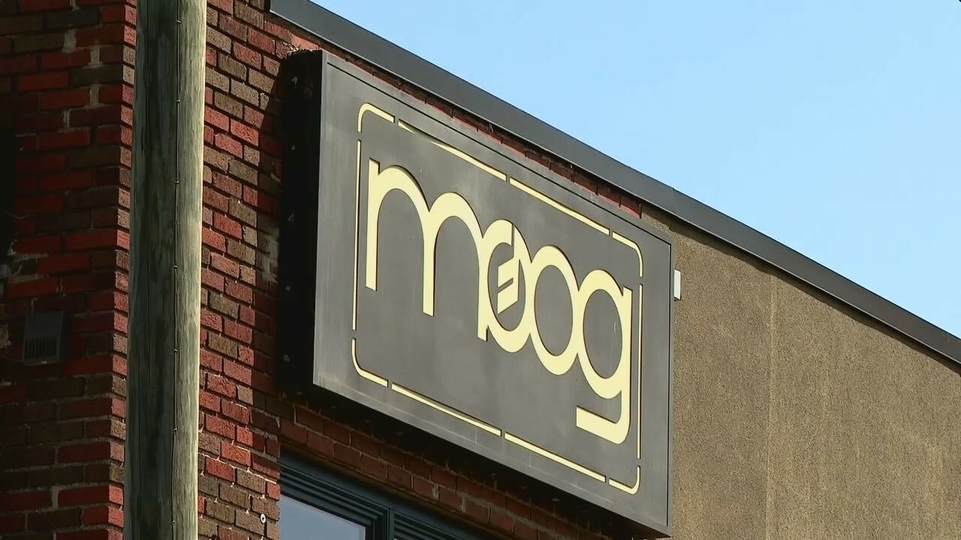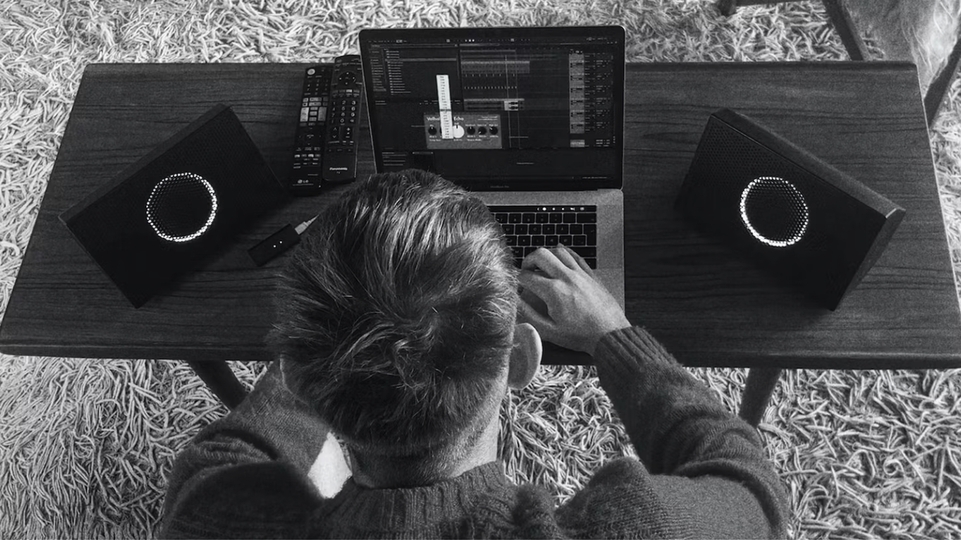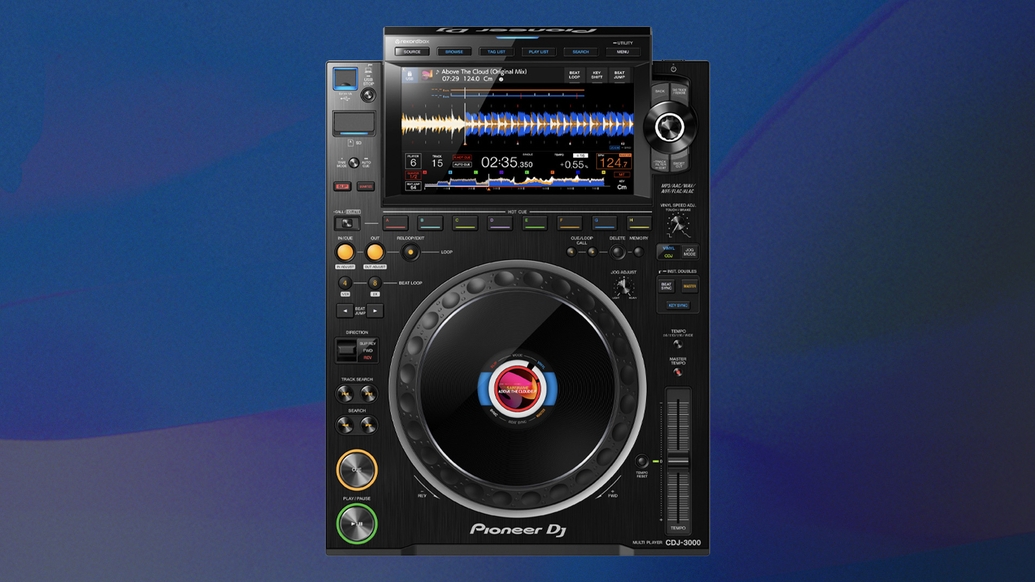
Five things we learned about the new Pioneer DJ CDJ-3000
Pioneer DJ has announced the latest update to the CDJ range, majorly upgrading their 2000 range for the first time since 2011. The CDJ-3000’s main additions include a new nine-inch touch screen, eight coloured cue buttons that have been moved to underneath the screen, dedicated Beat Jump and four- and eight-bar loops, a new aluminium faceplate, Key Sync functionality and a redesigned MPU inside the player.
A few other new features include polyrhythmic looping – for three-, five-, nine-bar looping and so on – dedicated buttons for Playlist and Search, new Touch Cue and Touch Preview functions that let you cue tracks directly from the Browser without loading them onto a deck and a new gigabit ethernet port that lets you link up to six players and play from a single USB stick.
Pioneer DJ hasn’t reinvented the wheel with the 3000 – that’s the consequence of being industry standard DJ player in the vast majority of clubs, festivals and events across the world. DJs need familiarity when they rock up to the booth, so the tweaks are more subtle than some may expect after nine years. Pioneer DJ is keen to point out the new CPU that drives the unit, and that hints heavily at future updates, essentially lining up the OS inside for another decade of upgrades and feature additions.


The build quality of the 3000 is notably better. The plastic exterior of the 2000s always felt a bit light and flimsy considering the cost, and the new 3000 features an aluminium faceplate and although it only weighs 100g more, it feels a lot more sturdy, especially around the cue and play buttons.
If you’re a touring DJ you’ve no doubt experienced some sticky play and cue buttons on the road so it’s nice to see them address the issue, although time will tell how effective the new casing is. Pioneer DJ says the previous models failed after 700,000 presses and the new models have been tested up to 1,000,000. Not the sexiest addition, but for events and venues, a very important consideration for this outlay.


When compared to the screen of the 2000, the 3000’s 720p touchscreen is infinitely better. It’s much more responsive, clearer from different angles and 150% brighter, so they say. While the 2000’s screen was always a bit old skool, Pioneer DJ has been experimenting with bigger, brighter, better screens on their all-in-one range for a while and have ported that technology over to their flagship player. The difference is, as touch screen and DJ booths aren’t always the best of friends, the vast majority of functionality from the screen can also be addressed with dedicated buttons or button combos. Searching is much improved too, feeling a lot more like a mobile device everyone will be familiar with. The OS powering the screen is also very intuitive, so anyone who’s used any of the 2000 range or an all-in-one will instantly feel at home on the new screen. It’s not multi-touch though, which is a shame. Another shame is that the OS doesn’t seem to cache full tracks yet, as the dreaded four-bar emergency loop function remains on the 3000. That might explain the next point.
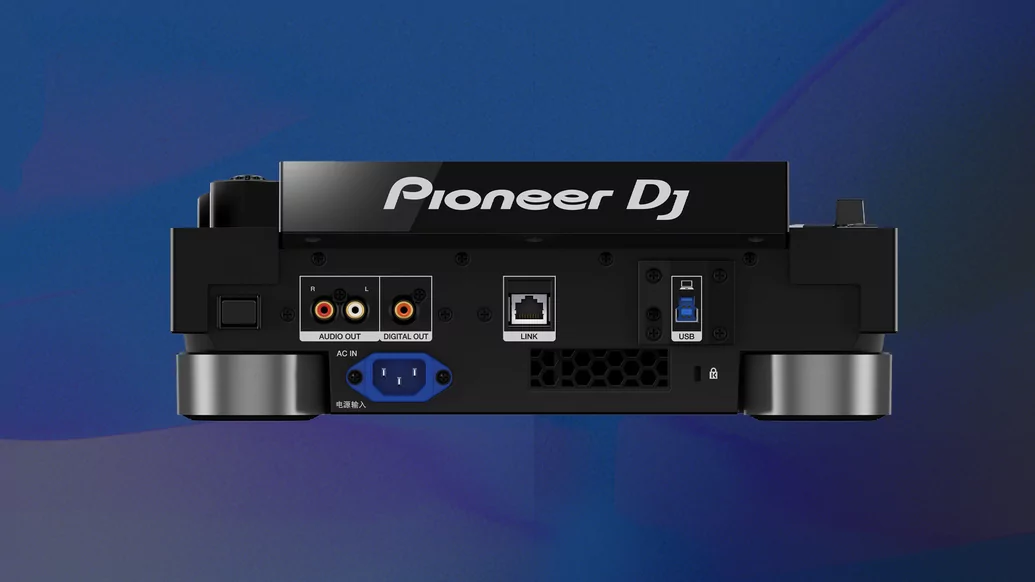

The biggest omission from the 3000 on launch is the ability to steam from Beatport LINK, SoundCloud, TiDAL or even Pioneer DJ’s own rekordbox cloud launched a few months ago. Given that they’ve already got their own cloud service where users can upload their own rekordbox library to Dropbox, it seems odd that the flagship player doesn’t support it, but it’s surely only a matter of time until it does. Rekordbox cloud’s Creative Plan cost of €14.99 a month, which also requires a Dropbox Pro account if you want more than 2GB storage, would feel a lot less expensive if it included access via CDJ hardware.
We expected that to land with the 3000, so it’s a shame it hasn’t come out the gates. As we’ve already said, the scene is set with the CPU to add more features in the future, but with Denon DJ seemingly pushing boundaries with their streaming capabilities – having announced TiDAL, SoundCloud Beatport LINK last year and now personal Dropbox and Beatsource LINK – it’s impossible not to make the comparison with the 3000. Yes, Pioneer DJ has usability concerns but the vast majority of streaming functions would surly be software-based and tucked away on the screen anyway. Maybe Pioneer DJ’s market data tells them that the userbase for streaming is still so small that it’s not worth what must be a lot of testing and troubleshooting for now – fingers crossed it comes soon because when it does, the 3000 will be a dream player.
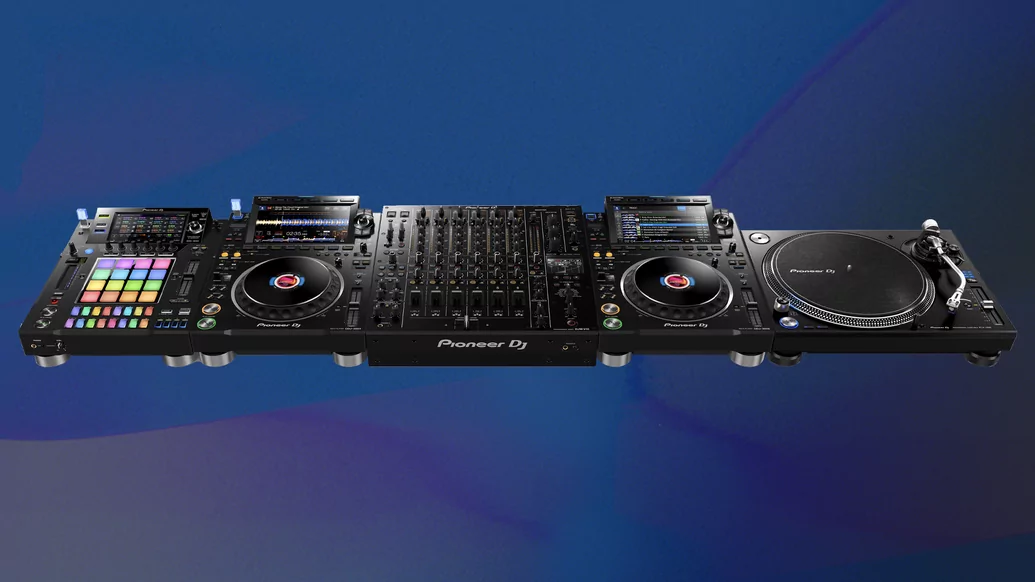

The new CPU has also contributed to a new button on the CDJ3000, next to the Master and Beat Sync buttons. Key Sync allows you to transpose any rekordbox-analysed track to match a relevant key of the track that’s playing. That's nothing new, but Pioneer DJ say they have two new modes that mean you only have to transpose a maximum of two semitones up or down to match any two keys, or at least have them not clashing. That means it's actually usable. The sound of the key shifting is hugely improved too, especially in low frequencies, which would previously go missing as you stretched, or would start to flam as they were processed. The algorithm on the 3000 feels a lot smoother and when you switch off Master Tempo and good to town on the pitch fader, it’s very noticeable how much the stretching has improved.
It’s also a lot easier to arrange by Key in the browser and compatible tracks light up green to show which match without transposing. Now that the beat sync discussion has come and gone (good riddance), get ready for the auto key sync discourse. Cool.


The fact remains - the CDJ-3000 is far and away the most expensive DJ media player on the market. When you make the comparisons with Denon DJ’s SC6000, comparisons it’s totally fair to make, you would probably be shocked to hear one is £800 more than the other.
However, Pioneer DJ also know that major clubs and festivals will upgrade and will be buying the 3000s once their doors finally open again. These aren’t aimed at the ultimate home setup unless you’re a touring DJ with plenty of disposable income. What’s interesting is Pioneer DJ’s recent focus on all-in-one units, and that a few of the features on the 3000 actually came first on their cheaper all in ones. Previously if you wanted a club setup at home you could get a full 2000 setup, or an XDJ single player. Now, all in ones are becoming more powerful and affordable and as the 3000 remains the expensive, flagship, there’s a lot more in the Pioneer DJ product range for those who’ve bought into the Pioneer DJ ecosystem but don’t want to shell over five grand plus a mixer to have it at home. Still, losing the CD drive, you’d have like to see the price drop somewhat.
The CDJ-3000 is really a functional update – put it next to the CDJ-2000nxs2 and it’ll be immediately clear that it’s physically superior in almost every way. While the bells-and-whistles additions may not be apparent at first, they’re largely software related so can come via firmware updates. It’s unlikely any clubs are going to be rushing out to grab the 3000s off the shelf anyway, as most remain closed for the foreseeable. Once physical addition we would’ve liked to see is more inputs for USB sticks and hard drives – the single port is also still USB 2.0 instead of 3.0 which is a shame. Aside from that, it’s hard to complain about the hardware; it’s better in almost every way. It will be interesting to see what Pioneer DJ have up their sleeves in terms of firmware updates in the coming months and years.
